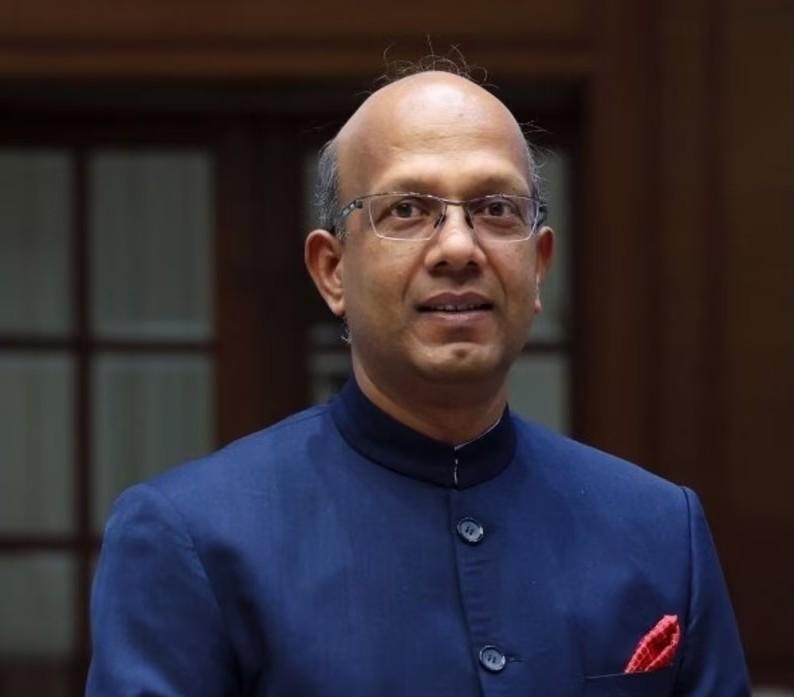
Russia Hiring Indians, Looking for Skilled Workers in Machinery & Electronics: Indian Envoy
In a recent development, Indian Ambassador to Russia Vinay Kumar has revealed that Russian employers are actively seeking skilled Indian workers, particularly in the machinery and electronics industries. According to Kumar, there is a growing “manpower requirement” in these sectors, leading Russian companies to look beyond their borders for qualified talent. This news has sent ripples of excitement throughout the Indian business community, with many eagerly anticipating the opportunities that this trend may bring.
In an interview with TASS, Kumar stated that while most Indian workers hired in Russia so far have been employed in construction and textile sectors, the hiring of Indians in machinery and electronics segments is growing rapidly. This shift is seen as a significant development, as it indicates a recognition by Russian companies of the value that Indian workers can bring to their industries.
The news is not just a one-off announcement; according to a business leader, Russia plans to hire one million Indians by the end of 2025. This staggering figure is a testament to the growing importance of the Indian workforce in Russia’s economy.
So, what makes Indian workers such an attractive proposition for Russian employers? One reason is the country’s vast pool of skilled and educated professionals. India has a large and growing population of engineers, scientists, and technicians who are highly qualified in areas such as machinery and electronics.
Another factor is the cost-effectiveness of hiring Indian workers. Labor costs in India are significantly lower than in Russia, making it an attractive option for companies looking to reduce their expenses without compromising on quality.
The Indian Ambassador’s comments come at a time when Russia is facing significant challenges in attracting and retaining skilled workers. The country’s aging population and low birth rate have led to a shortage of young, educated workers, making it increasingly difficult for companies to find the talent they need.
In response, Russian companies are looking abroad for skilled workers, and India is emerging as a key destination. The country’s large and educated population, combined with its relatively low labor costs, make it an attractive option for employers.
The growth of the Indian workforce in Russia’s machinery and electronics industries is also driven by the country’s ambitious plans for industrial development. Russia is investing heavily in modernizing its manufacturing sector, with a focus on high-tech industries such as robotics, artificial intelligence, and renewable energy.
To achieve this goal, Russian companies are seeking to attract skilled workers with expertise in these areas. Indian workers, who have a strong reputation for their technical skills and adaptability, are seen as a key part of this strategy.
The Indian government is also taking steps to support the growth of the Indian workforce in Russia. In recent years, the government has launched a number of initiatives aimed at promoting knowledge sharing and collaboration between Indian and Russian companies.
One example is the “Know India” program, which provides scholarships and training opportunities for Indian students and professionals to study and work in Russia. This program is seen as a key way of promoting bilateral cooperation and driving economic growth between the two countries.
In conclusion, the news that Russia is hiring Indian workers in machinery and electronics industries is a significant development that has the potential to drive economic growth and cooperation between the two countries. With its large and educated population, combined with its relatively low labor costs, India is an attractive option for Russian employers looking to fill the skills gap in their industries.
As the Indian Ambassador to Russia has pointed out, the hiring of Indian workers in Russia is not just a one-off announcement, but rather a long-term strategy that will see the country employ one million Indians by the end of 2025. This trend has the potential to bring significant benefits to both countries, including increased economic cooperation, knowledge sharing, and cultural exchange.



